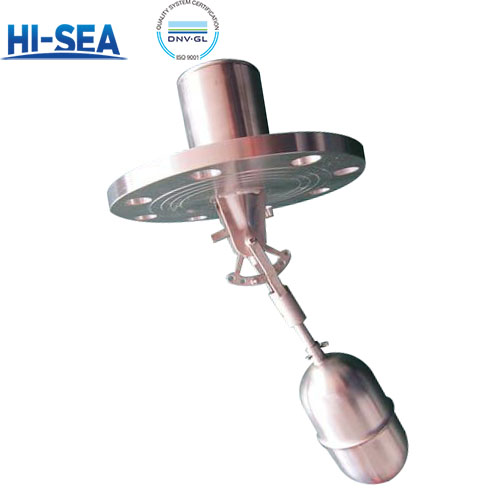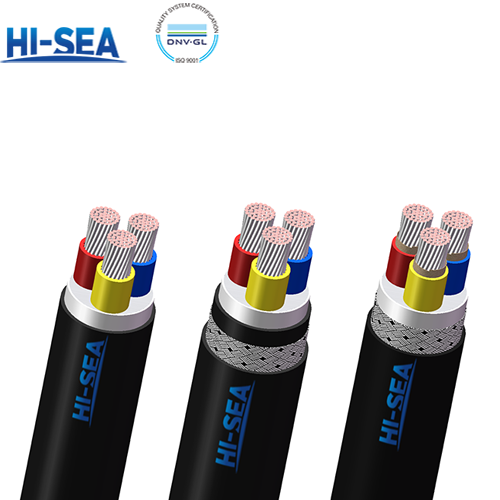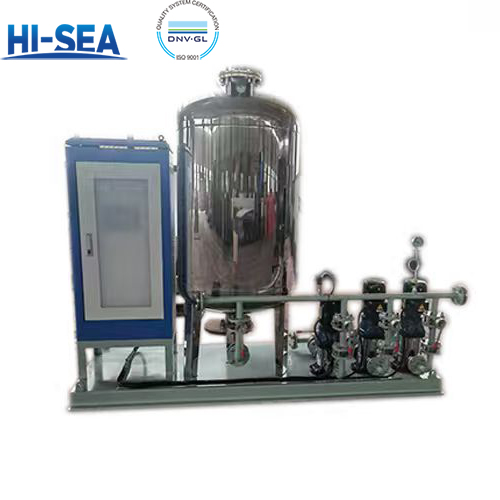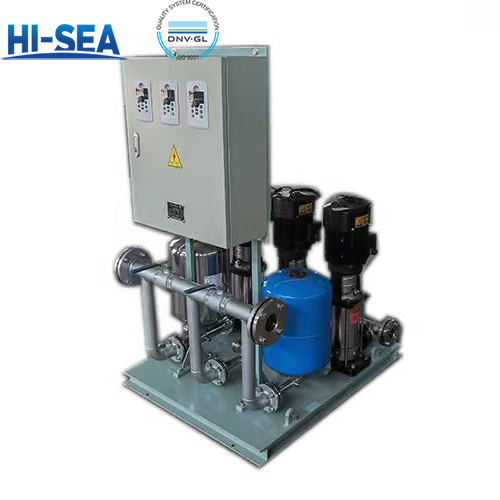
Float Level Controller
Float level controller It typically consists of a float, which rises and falls with the liquid level, and a mechanism that converts the float's movement into an electrical signal or mechanical action.
Overview
Working Principle
The basic working principle of a float level controller involves the float rising and falling with the liquid level. This movement is then translated into a mechanical action or an electrical signal. Depending on the design, the float can directly actuate a switch, or its position can be sensed by various means (e.g., magnetic sensors, reed switches).
Components
1. Float: A buoyant object that floats on the surface of the liquid.
2. Stem or Rod: A guide for the float, often used to transmit the float's movement.
3. Switch or Sensor: Detects the float's position and sends a signal.
4. Control Unit: Receives the signal from the switch or sensor and performs an action (e.g., turning a pump on or off).
5. Mounting Hardware: Used to install the controller in the tank.
Product Parameters
Model | UQK-01 | UQK-02 | UQK-03 |
Motion boundaries | 80mm | 25~550mm | 8~1000mm |
Calibration method | Irreconcilable | Stepwise adjustable | infinitely adjustable |
Installation | Level | Level | vertical |
Work pressure | ≤1MPa | ||
operating temperature | Ordinary type ≤100℃ High temperature type ≤350℃. | ||
Supply Voltage | ~220、10V 24~240V | ||
Contact capacity | 1.5A、2.5A、2.5~0.5A | ||





